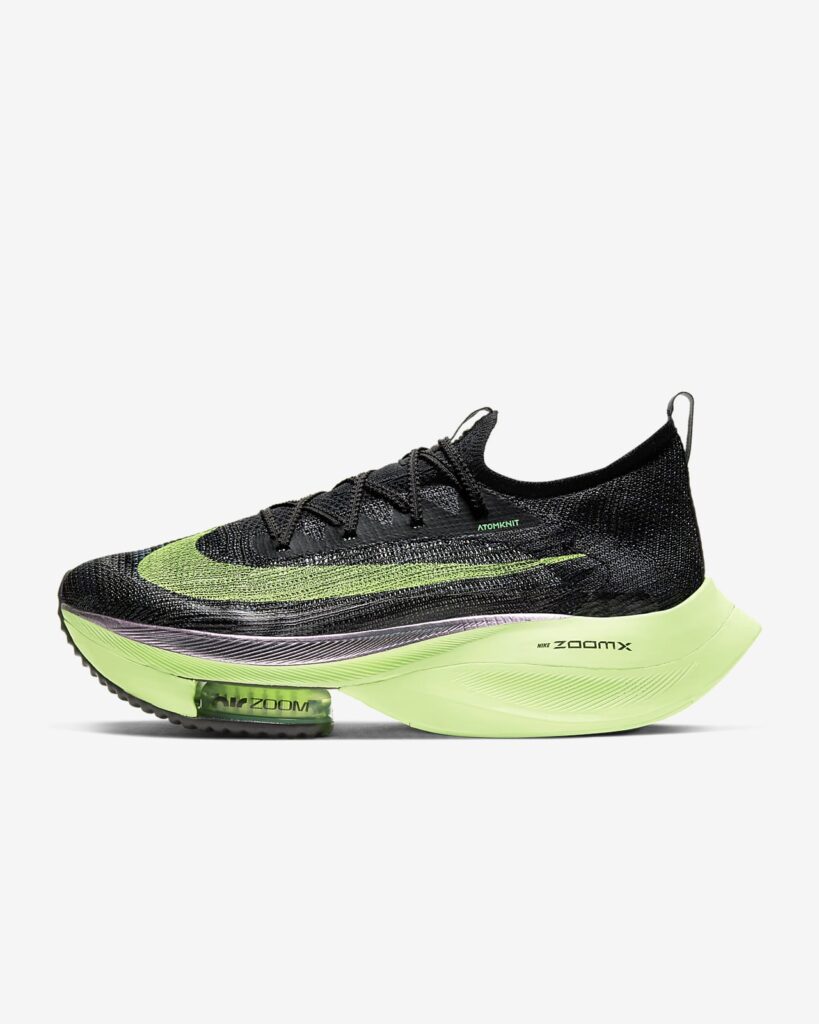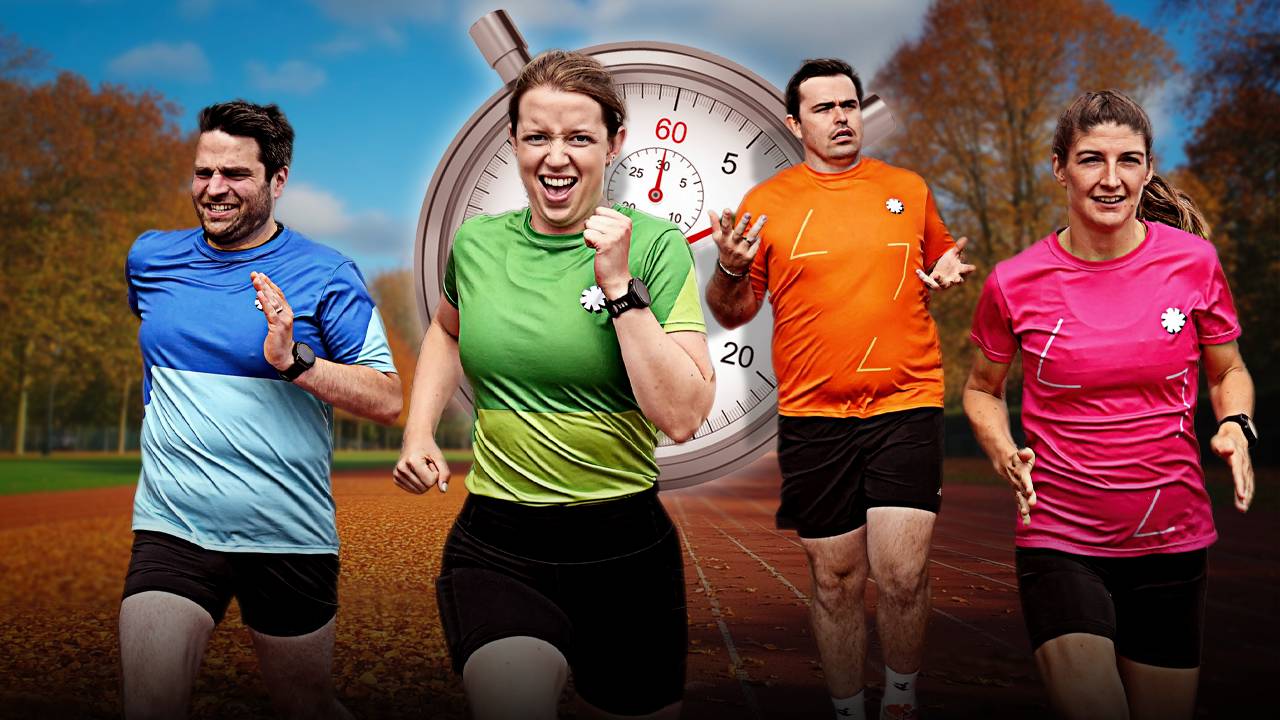World Athletics Announce Further Shoe Regulations – Bad News For Nike Alphafly And Vaporfly NEXT%

In October 2019, on a pancake flat lap course in Vienna, Eliud Kipchoge crashed through a barrier many experts thought might never be broken by running 26.2 miles in 1 hour, 59 minutes and 40 seconds. The first ever sub two marathon had arrived: and he ran it wearing Nike’s new Alphafly NEXT% shoe.

Actually, though, the shoe Kipchoge wore was a prototype and the race wasn’t world-record valid, due to the nature of the course and the fact he had pacers subbing in and out of the record attempt. But it was certainly one hell of an advert Nike. While their earlier shoes with Carbon plates such as the Vaporfly 4% – the significance of the 4% being the improvement it claimed to give your running economy – and the NEXT% had also flown off the shelves, amidst some grumbling from the purists – this seemed an even bigger leap forward.
The run reignited the controversy of when a shoe becomes a ‘spring’ – and offers an unfair advantage. Of course, racing shoes introduce new technology all the time. Back in 2013 it was Adidas boosting the hype for their new Boost foam, and each year shoe companies bring out new advances they claim will make your run better, bouncier, faster than ever before. The shoes of today, even before the new Nike range broke all the records, are unrecognisable from those worn by the likes of Roger Bannister, when he broke the four minute mile in 1954. And so some people argue that any advance in technology is fair enough and that it’s just arbitrary to draw a line. We don’t still play tennis with wooden rackets, they say, or football with leather balls.

But the problem is that those evolutions, like most changes in sporting technology, were gradual: what the new Alphafly NEXT% offers is not so much a (fast) step up, as a giant leap into orbit. There’s a rather good parallel to the Alphafly NEXT% in the world of swimming. In 2008, Speedo introduced the LZR Racer suit. For the previous 18 months, swimmers racing in it had set an unprecedented number of world records, while at the 2008 Olympics, Speedo reckoned 98% of the medals won were by swimmers in the suit. Studies showed that the design reduced skin friction (resistance in the water) by an astonishing 24% over even Speedo’s own previous design. The result was, said critics, “technology doping” and the suit was banned.
This, say the purists, is what should have happened to the Alphafly NEXT%. However, instead of banning the shoe, World Athletics introduced a series of rules dictating the maximum ‘stack height’ of the sole, and limiting the number of carbon fibre plates allowed. Nike have never released full information about the design of the Kipchoge sub-2 shoe, and rumours abound about the stack height of that one, and how many carbon plates it had. But the new World Athletics limit of 40mm for the height meant the commercially available Alphafly NEXT% was fine for road racing.
Now however, World Athletics has introduced new rules to “preserve the integrity of competition”. While the 40mm limit is still valid for road shoes such as the Alphafly NEXT% and the Vaporfly NEXT%, spike shoes for the track must be 20mm or less for distances up to 800m, and 25mm for the longer events. And, as with road shoes, only one plate is allowed.
In reality, the purpose of this is not really to ban the Vaporfly NEXT% and the Alphafly NEXT% from the track, because elite athletes wouldn’t be wearing road shoes on the track anyway. They need spikes for grip and purchase at that kind of speed. No, this is more to do with stopping, or at least putting on pause, the launch of a new track shoe that might have the same kind of game-changing effect in stadiums that the Alphafly has had on the road. If Nike, for instance, were to invent a shoe that gave the same performance advantages as the Alphafly is said to, then world records from 100m through to 10k would surely crumble like the swimming records did back in 2008. Some athletes have already been racing in prototype Nike track shoes, with impressive results. But if the track equivalent of the Alphafly NEXT%, with huge stack height and unlimited plates, was to be allowed, then it seems likely that a huge amount of world records would fall in a very short space of time. That would not only make performances more about the shoe than the runner, but also offer an unfair advantage to those with the ‘right’ shoe sponsor.



























Running News
Will A Woman Run A Four-Minute Mile? Research Says It’s Possible
Tadese Takele And Sutume Asefa Kebede Win The 2025 Tokyo Marathon!
Boston Marathon 2025 Medal Reveal And Celebration Jacket